What are sketch notes? Sketch noting is a visual note-taking strategy to help students with comprehension-monitoring and understanding the text.
Why did I start using sketch notes?
My fourth-grade intervention group hit a reading comprehension wall. They seemed to be able to read and understand text when they were with me in a small group, but they were unable to answer simple comprehension questions independently when they took a test. I sat down with my fourth-graders to find out what was happening. After some questioning, I discovered our problem: they were moving their eyes over the text, but they weren’t really reading it. And they didn’t realize it!
We needed a self-monitoring strategy.
Why do sketch notes work as a self-monitoring strategy?
Sketch noting gives students the opportunity to break the text into chunks and determine what is important in each chunk. Students make the text their own by interpreting the text into simple pictures. This helps the students attend to the text and understand what they read.
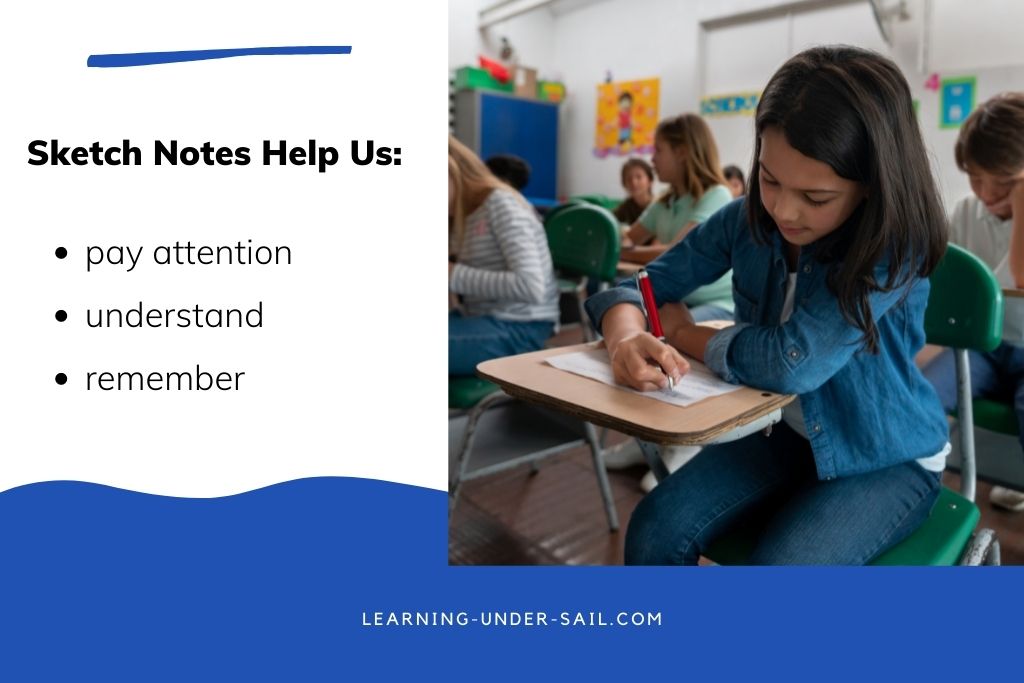
What are sketch notes?
Sketch notes are pictures that the reader draws to go with the text. Sketch notes can be used in both fiction and nonfiction as a way to take notes about the text. This strategy helps students monitor their own comprehension, understand what they read, and attend to the text.
What are sketch notes examples?
Here is a simple example that I use to introduce sketch notes in my groups.
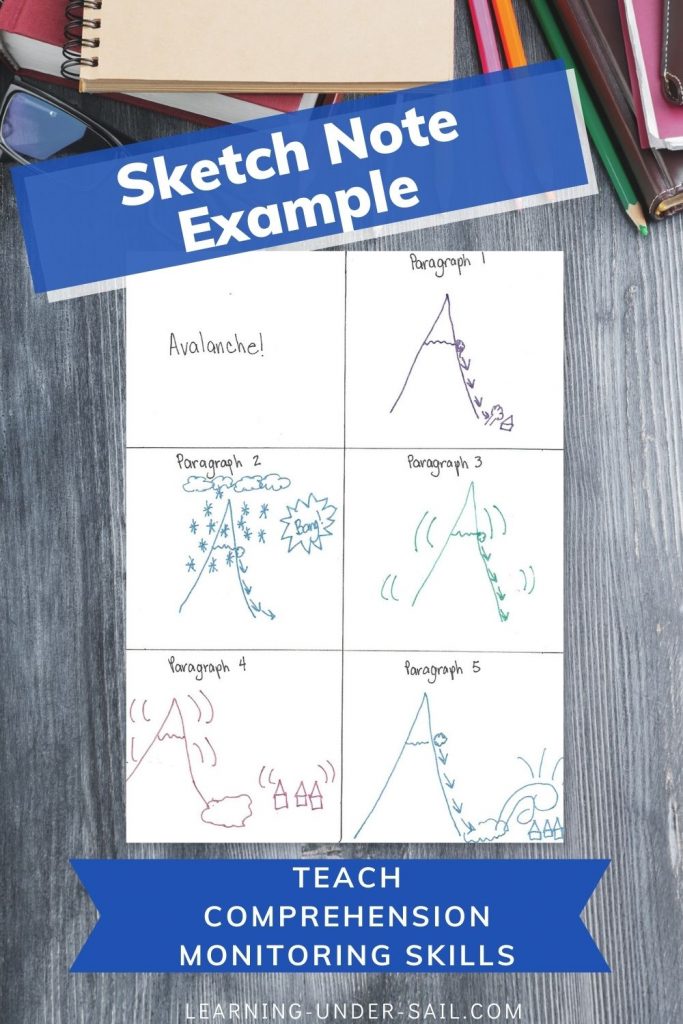
The passage that goes with these sketch notes is, Avalanche! From Document-Based Questions for Reading Comprehension and Critical Thinking Grade 3. This is a five-paragraph narrative nonfiction passage that tells about avalanches and describes an avalanche that happened in Yungay, Peru.
Find more advanced examples of sketch notes and ideas about how to get started from Ditch That Textbook – Sketchnoting in the Classroom: 12 Ways to Get Started.
Why do sketch notes work for self-monitoring comprehension?
As students get older and read silently, it’s difficult to know where they lose understanding. Sketch noting gives us a window into what the student is thinking as she reads.
3 Simple Rules for Sketch Noting in Intervention Groups
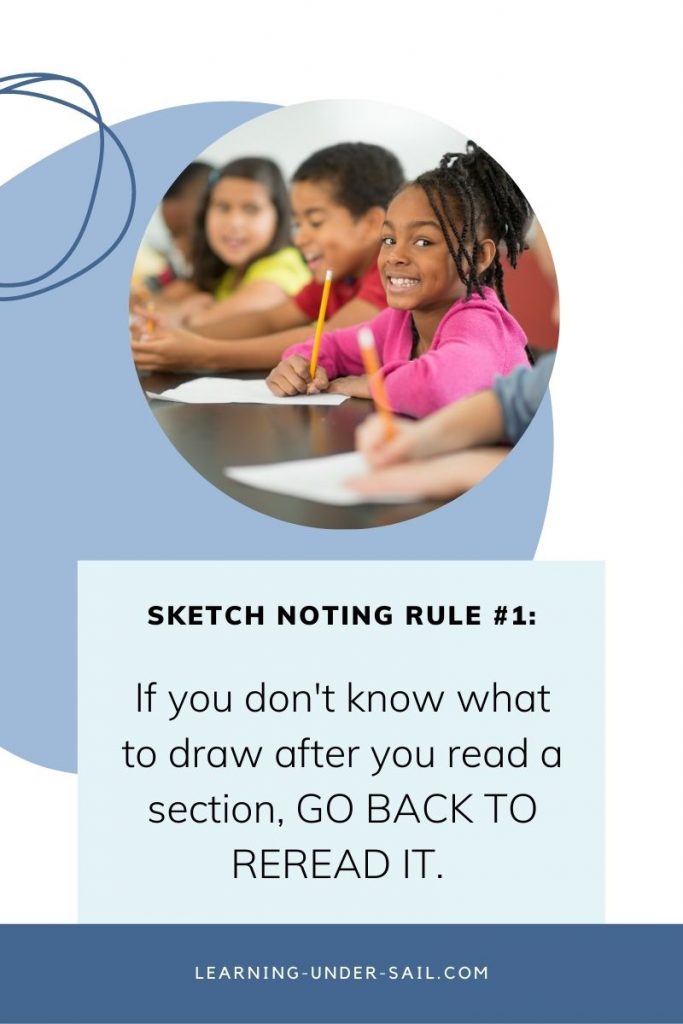
Sketch Noting Rule #1 REREAD the text if you don’t know what to draw.
My #1 rule for sketch noting: If you don’t know what to draw after you read a section, you didn’t understand it. REREAD the text.
Sketch Noting Rule #2 Keep it simple.
The sketch note must be simple. It only has to have meaning to the person who created the sketch note; however, the creator should always be able to explain her thinking.
Sketch Noting Rule #3 It must be from your brain.
You can choose to write words instead of drawing a picture. Some students prefer to write words instead of draw pictures. I allow students to do this; however, they must write words (not just highlight text) and I encourage them to use their own words instead of copying directly from the text. In addition, they need to keep it short.
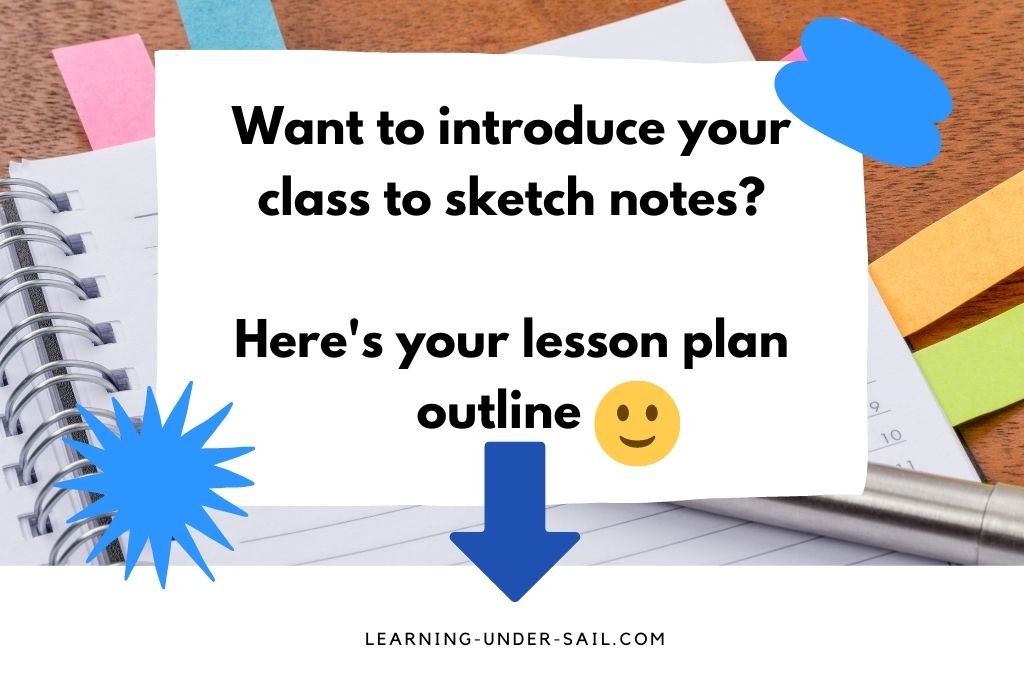
Lesson Plan Outline for Introducing Sketch Notes:
- Always begin with your why. Why do good readers use sketch notes?
- Sketch notes help us:
- understand what we read
- pay attention to what we read
- remember what we read
- Sketch notes help us:
- Choose a text with about five paragraphs.
- Divide the text into sections.
- Read the first paragraph together and model thinking aloud about what is important.
- Draw a simple picture that represents the important idea in the paragraph.
- Read the next paragraph aloud.
- Students draw a simple sketch note.
- Students share their sketch notes.
- The group talks about how the notes are similar and different.
- Talk about how no one’s notes should look exactly the same.
- Guide students to think about the important ideas rather than the details.
- Students read and sketch note the next paragraph independently.
- The group shares their notes again.
- Finally, students read and sketch note the last two paragraphs independently.
- The teacher facilitates a discussion about what is important in these paragraphs and what we drew in our sketch notes.
- At the end of the lesson, always review the reasons that we use sketch notes:
- Sketch notes help us
- understand what we read
- pay attention to what we read
- remember what we read
- Sketch notes help us
This is just one way to use sketch noting in the classroom. I’d love for you to share how you use sketch notes in your classroom. Leave a comment below! I’d love to hear from you!
Here are some related articles about sketch noting:
Sketch Notes in the Elementary Classroom
Getting started with Sketch Noting
Need other intervention resources? Check out
How to Manage Small Group Intervention
Create Intervention Templates to Save Time and Maximize Student Growth
Or download a copy of my FREE 4 Weeks of Vocabulary intervention plans and activities and read about how to use them
How to Use Your FREE Vocabulary Intervention Lesson Plans and Activities
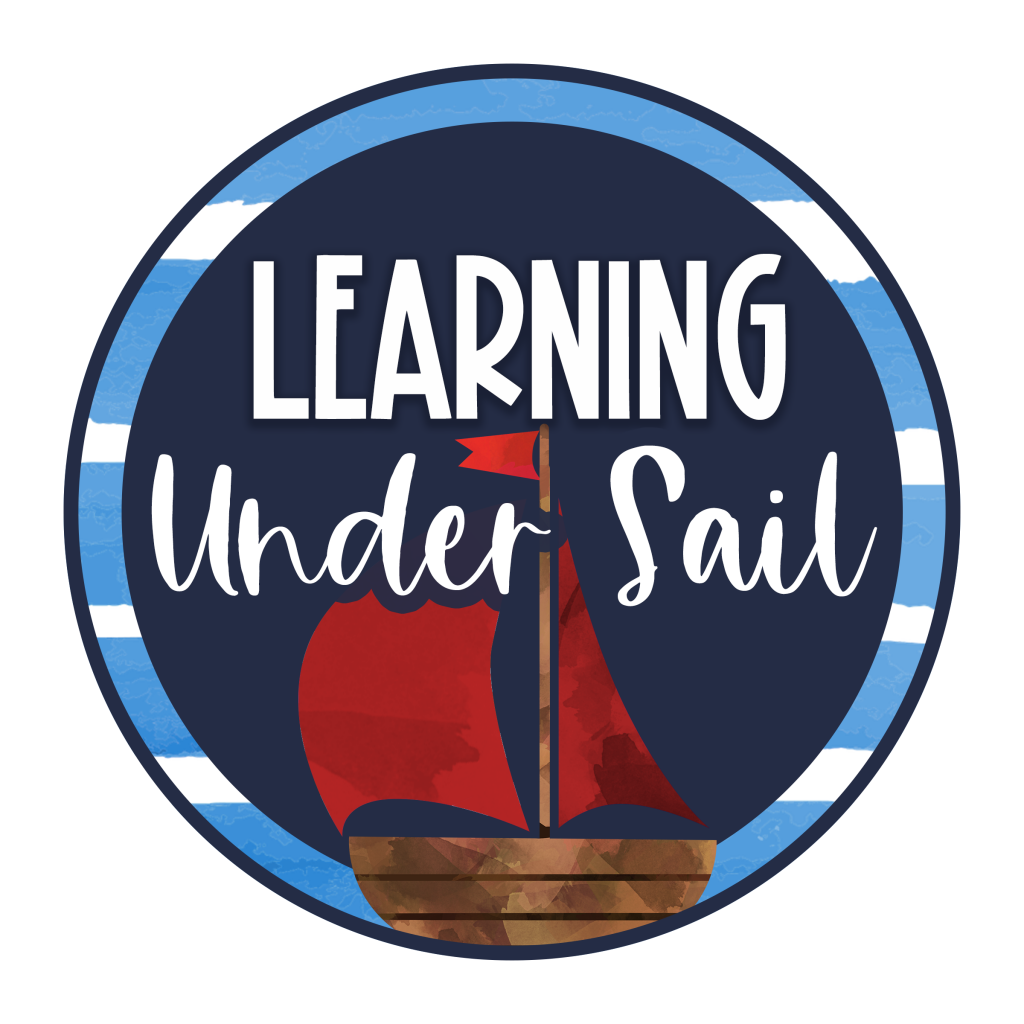

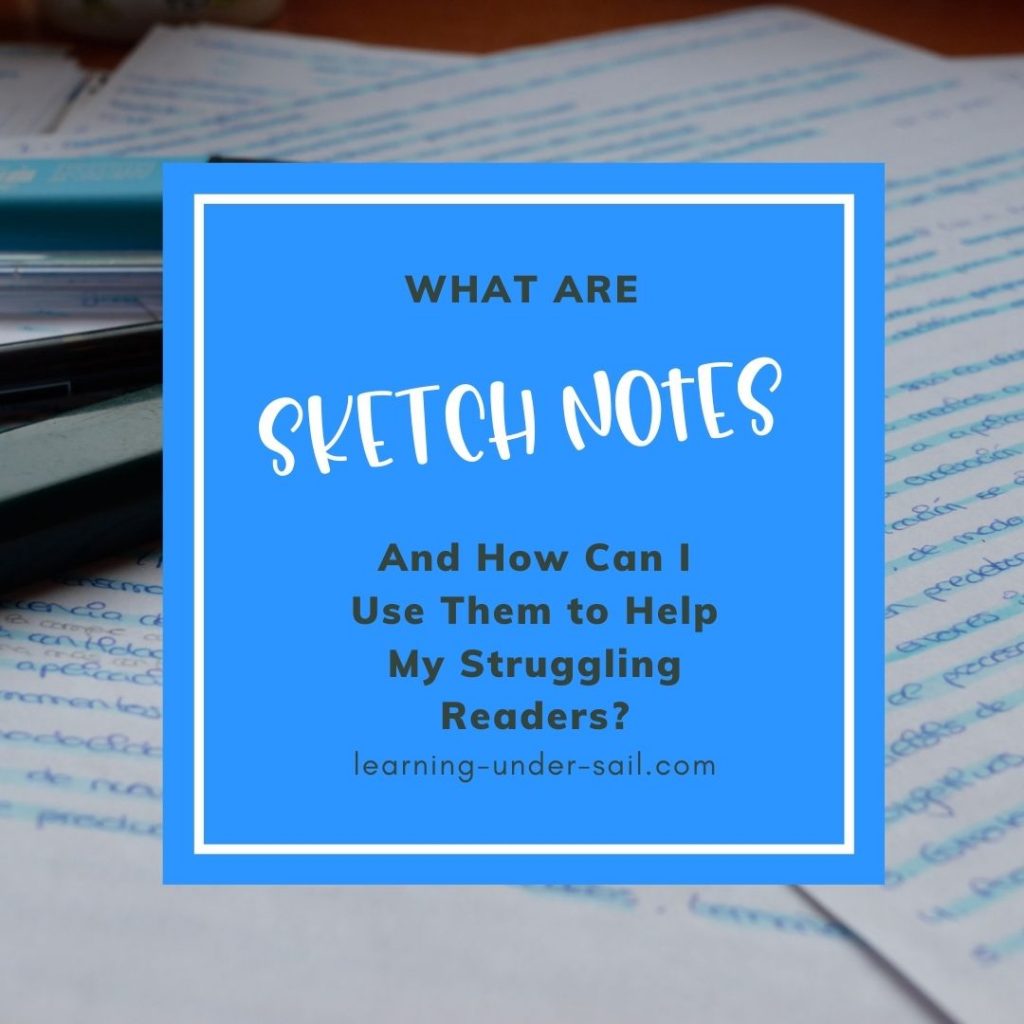
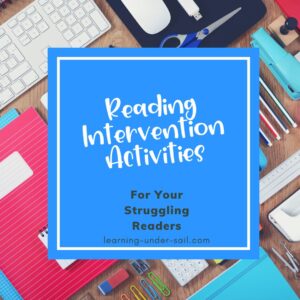
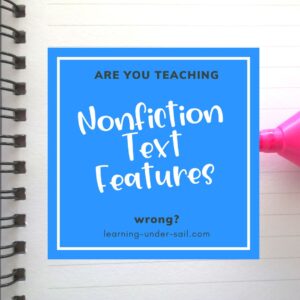
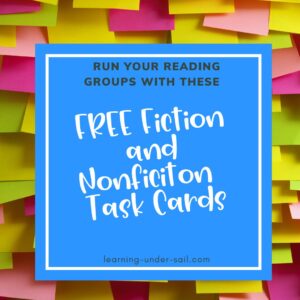

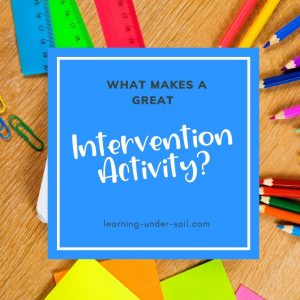


One Response